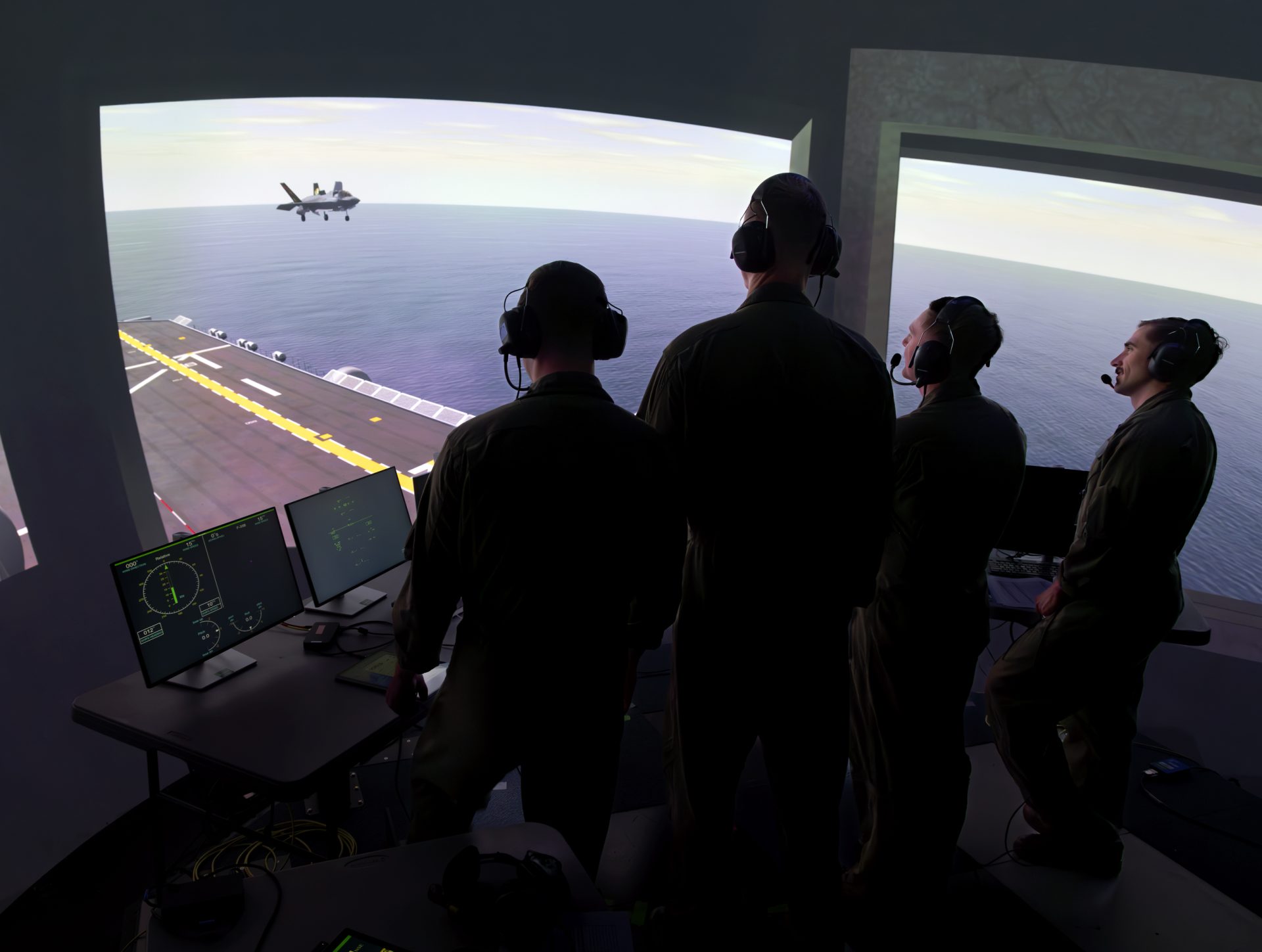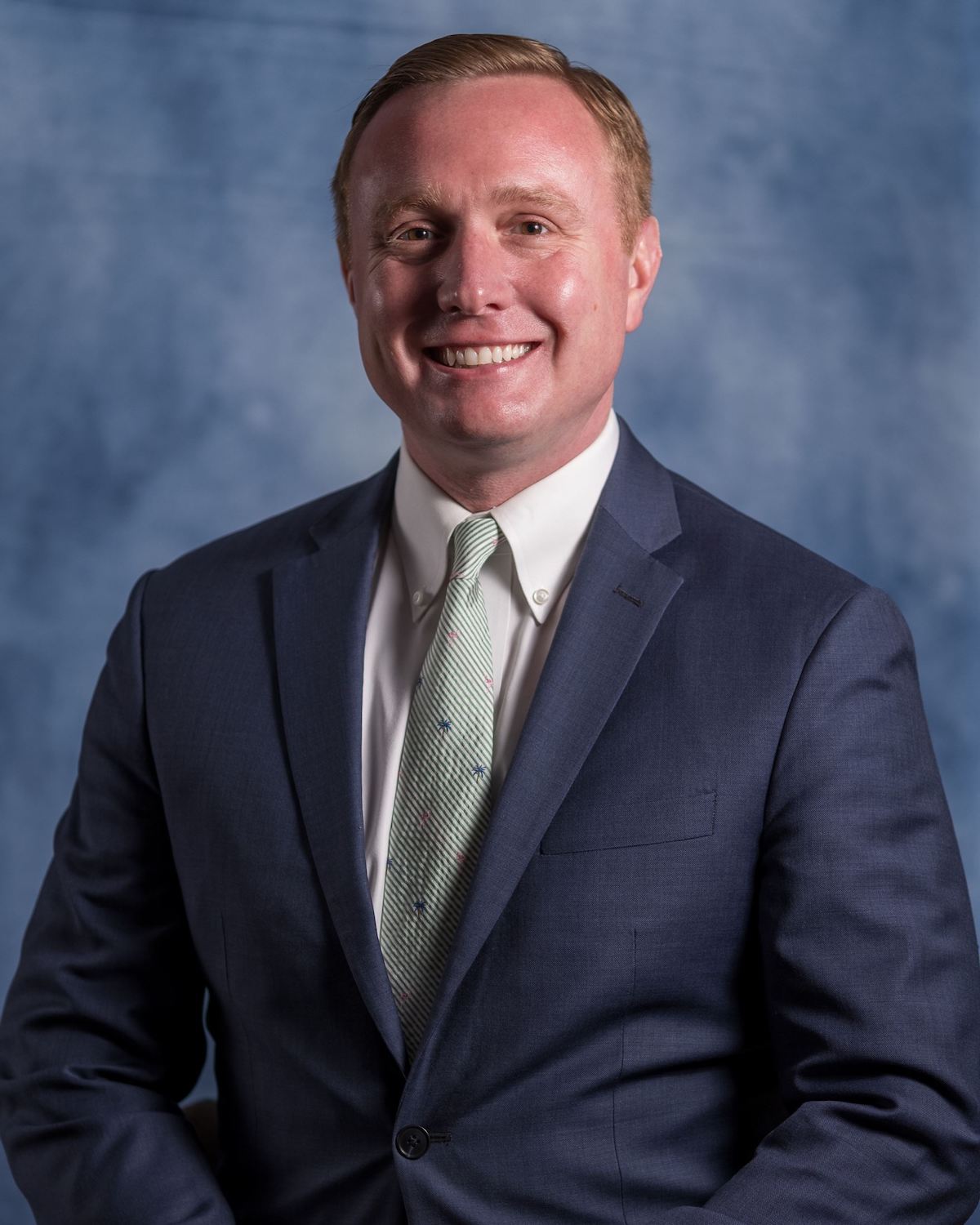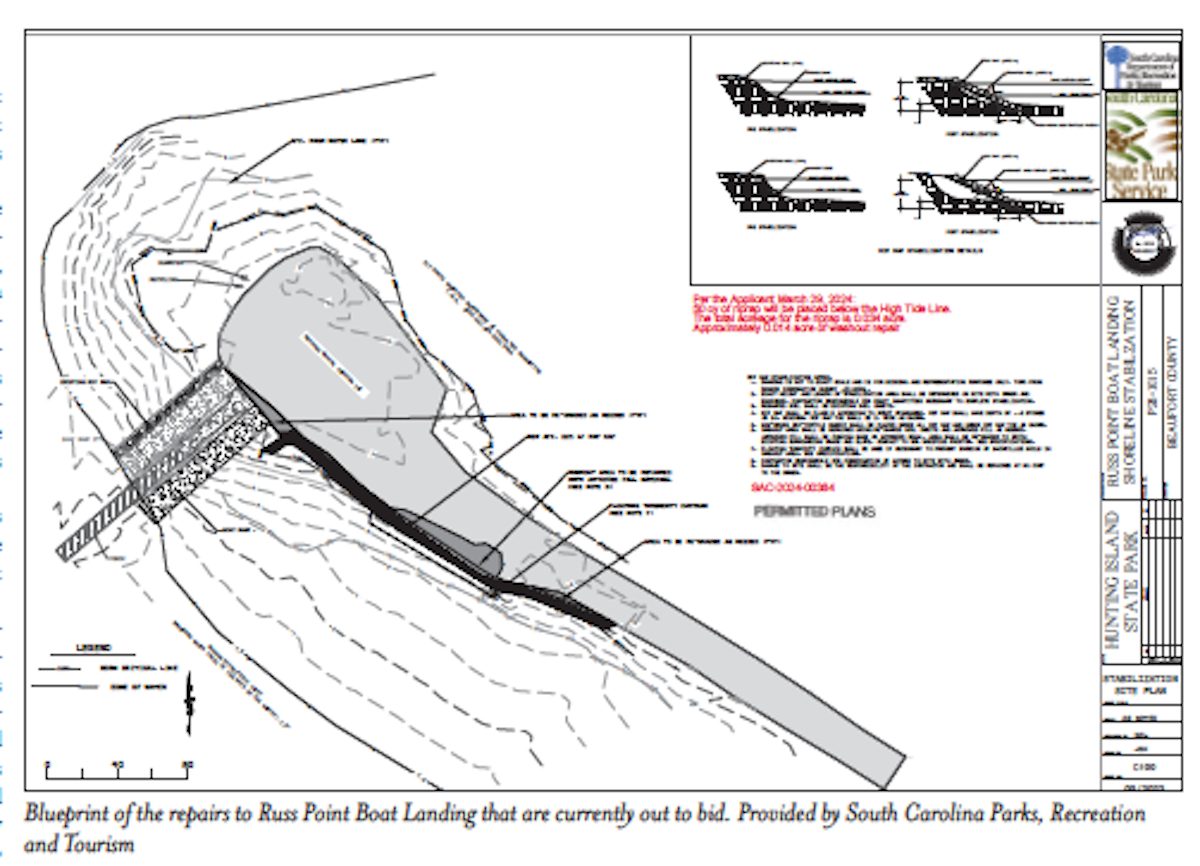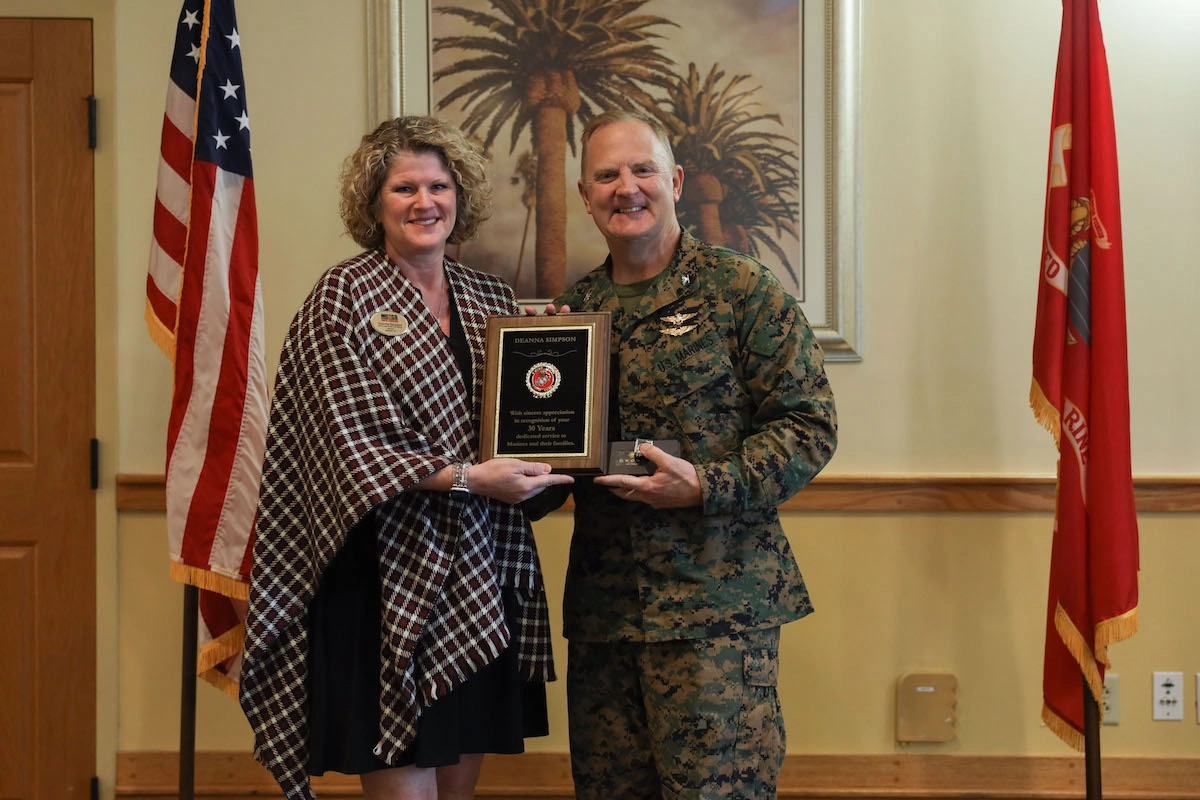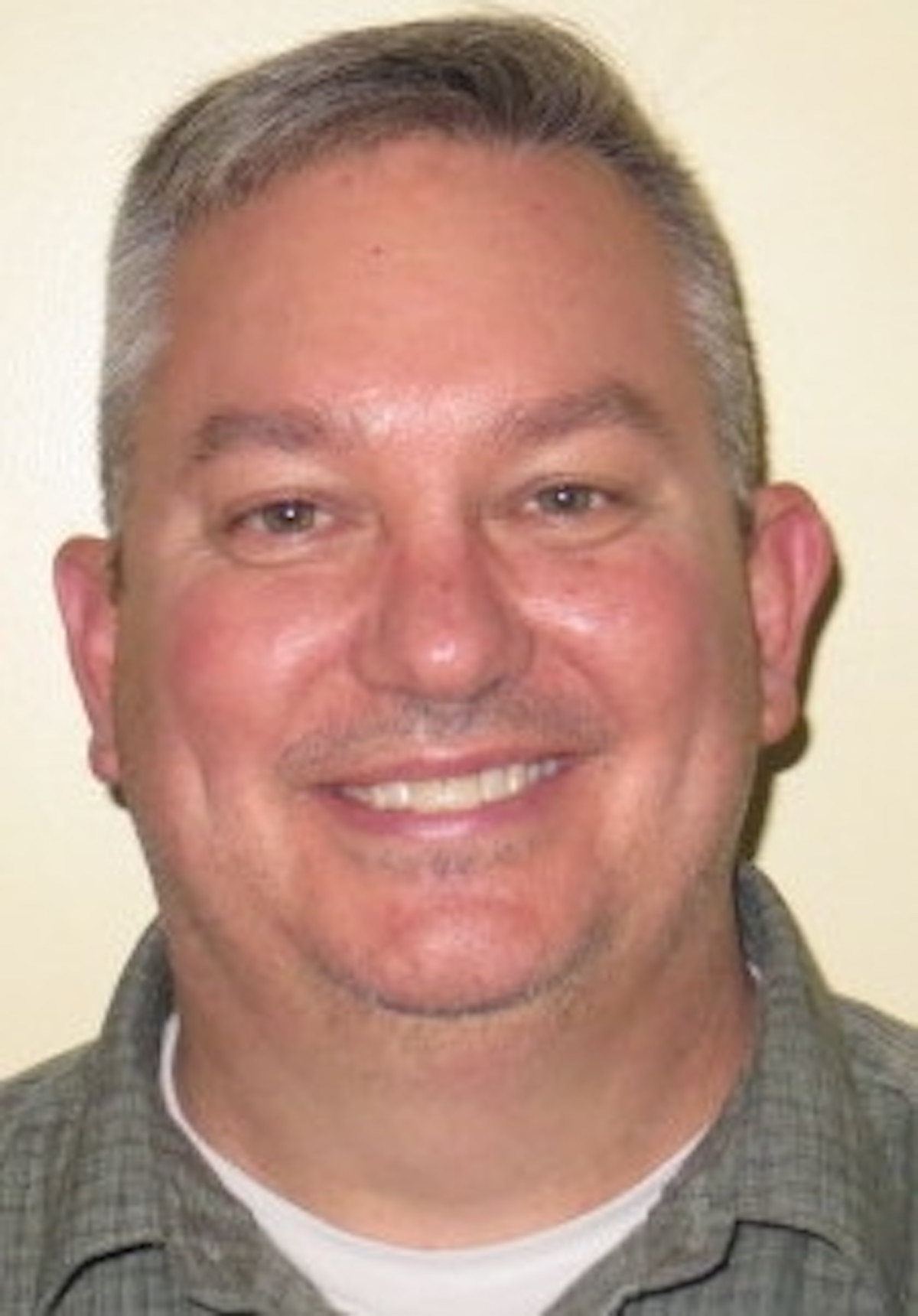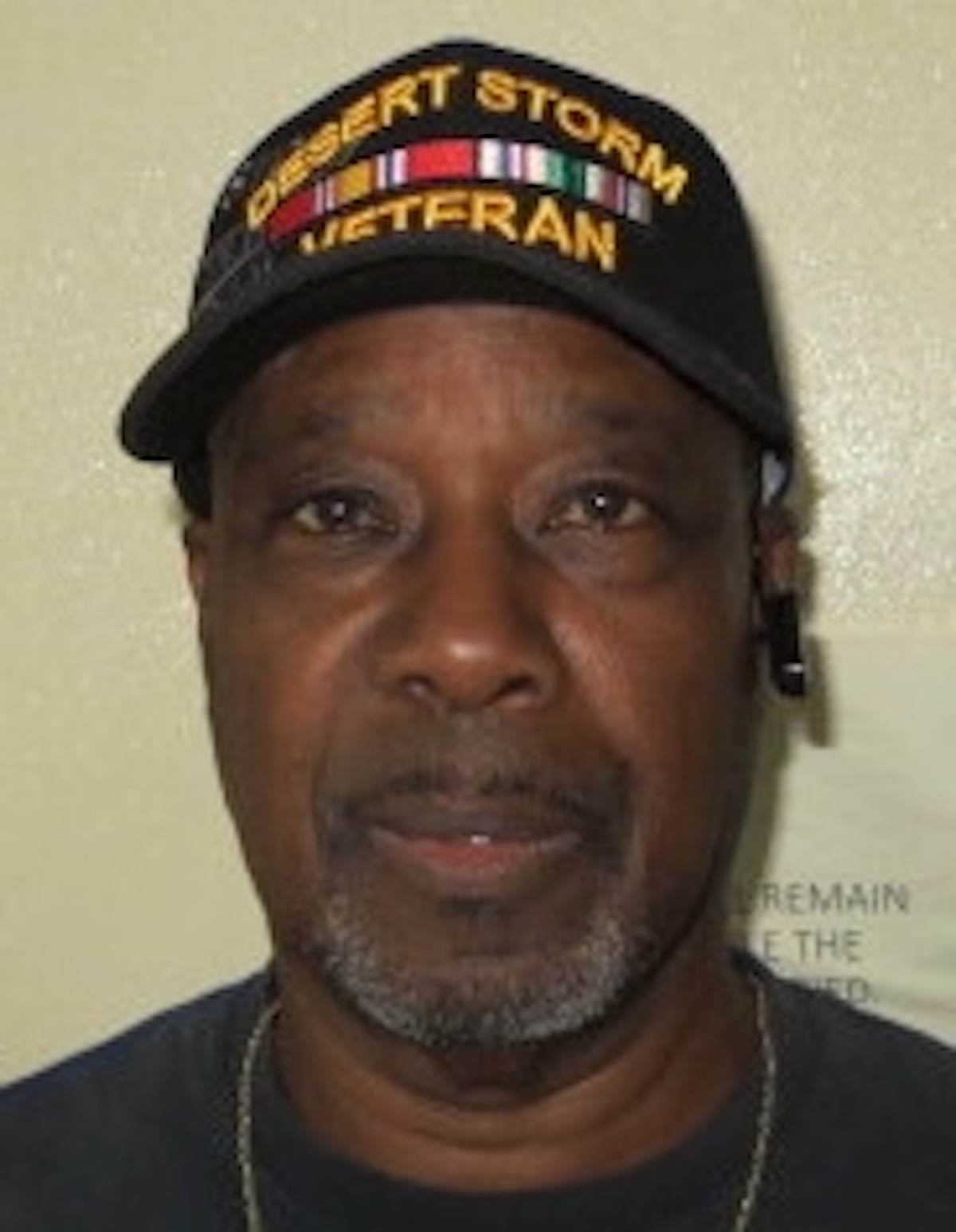By Brittany Dickerson
Naval Air Warfare Center Aircraft Division
F-35B Landing Signal Officers (LSO) under instruction practiced assisting virtual pilots recover onboard a ship amid various sea states recently in a simulator at the Naval Air Warfare Center Aircraft Division (NAWCAD) in Patuxent River, Md.
The upcoming LSOs spent a week with NAWCAD engineers to refine the U.S. Marine Corps’ new curricula for the short take-off/vertical landing (STOVL) community’s up-and-coming LSO schoolhouse that will eventually be housed at Marine Corps Air Station Beaufort.
Land-based training that STOVL LSOs take in a school simulator stateside is a critical capability as today’s training can be difficult to coordinate around a ship’s busy schedule. NAWCAD is helping refine the course and supportive infrastructure ahead of the service’s formal establishment of the school, which will be critical to standardizing STOVL LSO training across the Marine Corps, and for America’s international partners.
Simulator training makes LSOs more proficient because it puts them through scenarios that can’t be controlled or replicated in real-life, like varied weather and sea states.


